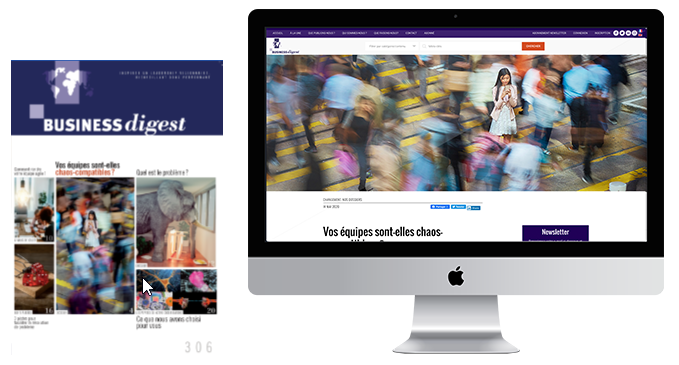5 tips for good decision-making
Cognitive noise is ubiquitous when we’re making judgments, and there’s no magic solution to silence it. But there are some systematic steps to take that will help you avoid the cacophony.

Noise A Flaw in Human Judgment Daniel Kahneman, Olivier Sibony et Cass Sustein, (Little Brown Spark, may 2021).
1. Do a noise audit
Unlike ambient noise, cognitive noise goes entirely unnoticed, eroding the decision-making capacities of your teams (and yourself). It’s all the tricker since this noise surrounds unverifiable subjects: No one really knows, for example, how much a certain insurance premium should really cost. Get a clearer picture by performing a noise audit.
- Guesstimate the variability of individual judgments in your team. When it comes to shared information, do their opinions corroborate each other 100, 95 or 75 percent of the time? What level of disagreement do you think is acceptable?
- Give the team some practical cases that are representative of their day-to-day work. Make sure that the examples are a matter of judgment and not individual taste or opinion.
- Each participant will have to give their judgment independently, without discussing with other members of the group beforehand.
- The evaluation system should make comparisons possible: probabilities, amounts, the scale, etc.
- Collect the individual contributions and measure the distribution between the different judgments. Does it tally with your predictions? If, as is very likely, this exercise reveals some unexpected noise, it’s undoubtedly time to give the judgment processes in your organization a make-over.
© Copyright Business Digest - All rights reserved




